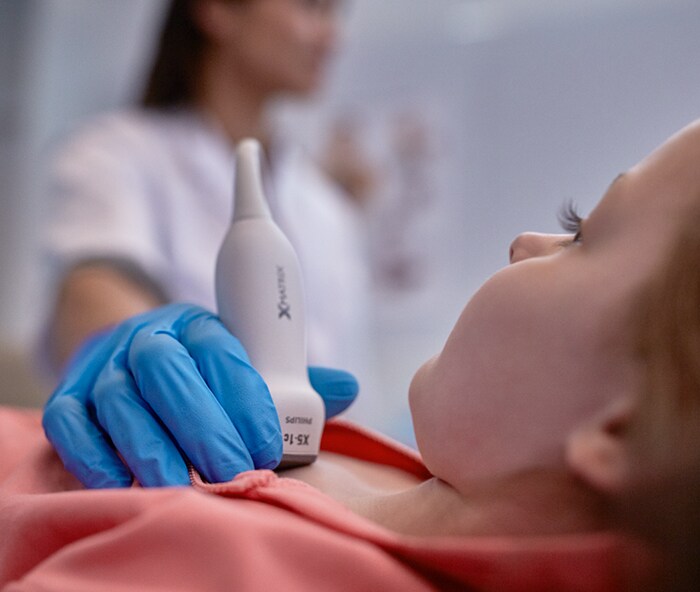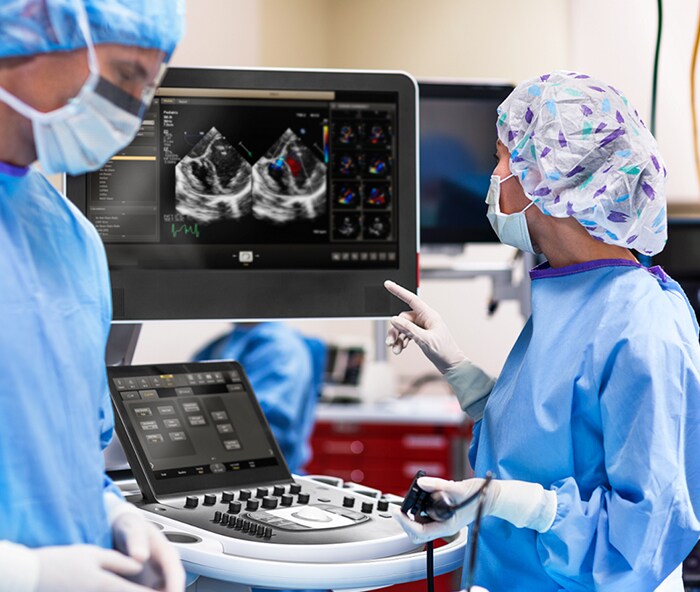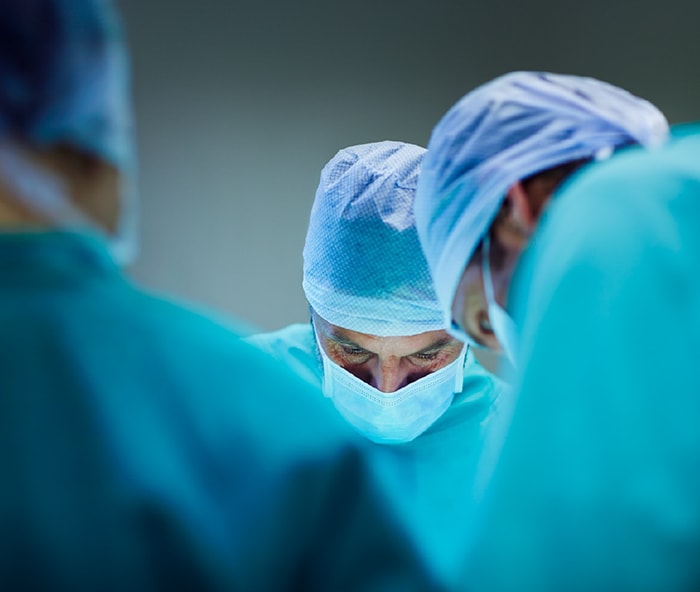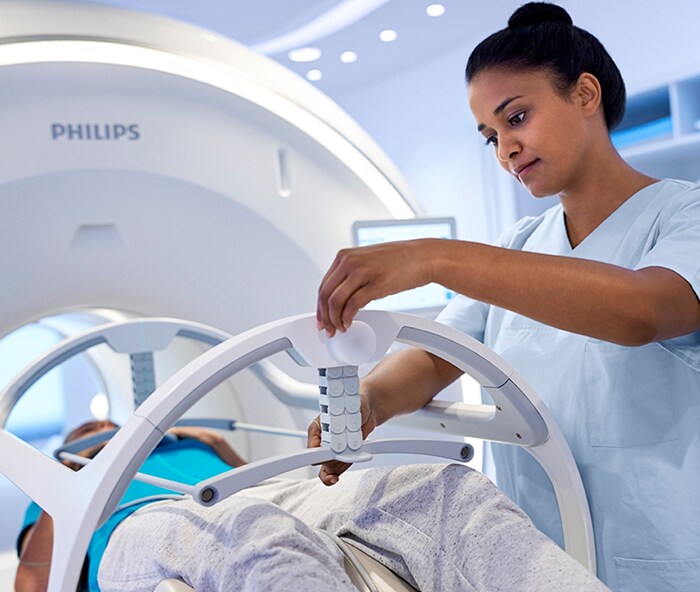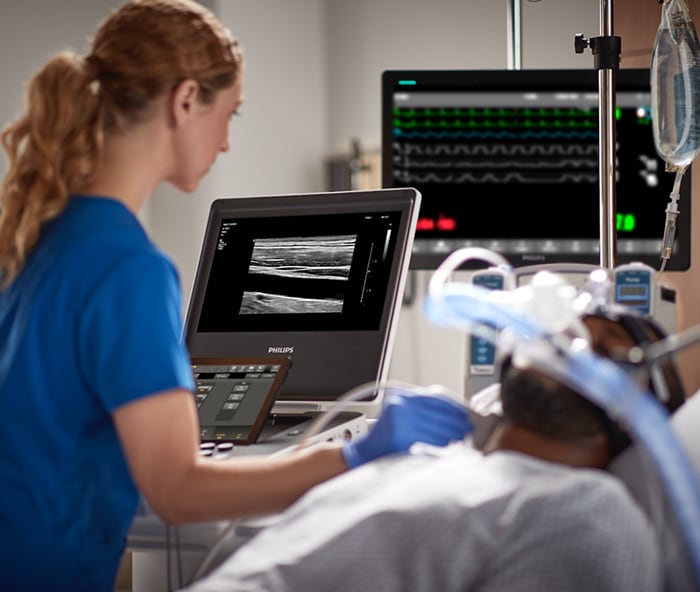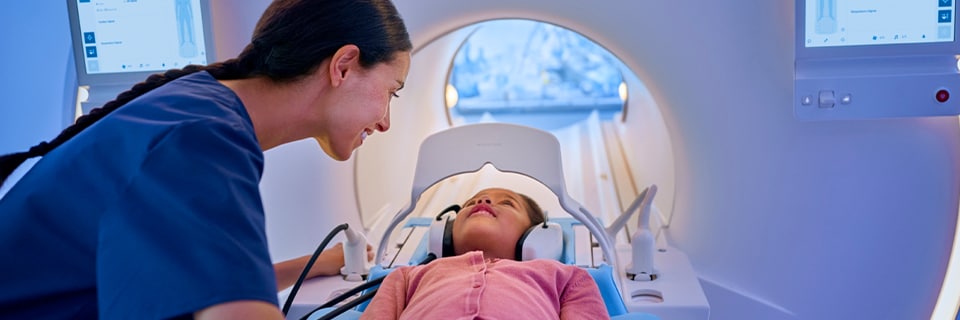
People- and patient-centric innovation for maximum impact
Giving back time
Healthcare is not working as it needs to. Health systems all over the world are under tremendous pressure. We want to give care providers more time to focus on what matters most – the patient – while making it easier for more people to take care of their own health and well-being at home.
Solving real day-to-day challenges
Innovation in Philips happens as close to our customers and consumers as possible, so we can work backwards from what they really need and solve their day-to-day challenges. We focus on innovations in monitoring, interventional, imaging, enterprise informatics and personal health.
Learn more about our innovation impact
Ultrasound AI solutions
From image acquisition to analysis, our ultrasound AI solutions integrate into clinical workflows and augment user skills. Clinicians stay in control of the ultimate decision.
Radiology Operations Command Center
Radiology departments can do more with less by connecting experts with technologists and providing cross-training.
BlueSeal magnet
Philips BlueSeal makes helium-free MR operations the new reality, addressing helium scarcity while securing the future for all MR patients.
Collaborate and co-create
Changing the healthcare system means that we need to collaborate and co-create in ecosystems. We work closely together with partners to build technology and solutions together.
Changing the healthcare system means that we need to collaborate and co-create in ecosystems. We work closely together with partners to build technology and solutions together.
Insights from our clinical partners across the globe help us to develop and co-create sustainable solutions based on their needs.
Through our extensive network of public-private partnerships we accelerate innovation by sharing access to technology, knowledge and data.
Turning possibilities into great innovations
~9% of sales
invested in R&D
in 2024
~50%
software/data science focus in R&D in 2024
50,500
patent rights
#1 company
for MedTech patent filings
with European Patent Office in 2024
Clarivate Top
100 Global Innovator ™
12th year in a row
~9% of sales
invested in R&D
in 2024
~50%
software/data science focus in R&D in 2024
#1 company
for MedTech patent filings with European Patent Office in 2024
50,500
patent rights
Clarivate Top 100 Global Innovator ™
12th year in a row
Philips Intellectual Property & Standards
Supporting innovation and new business opportunities by offering access to Philips IP, know-how, technologies and brand licenses.
